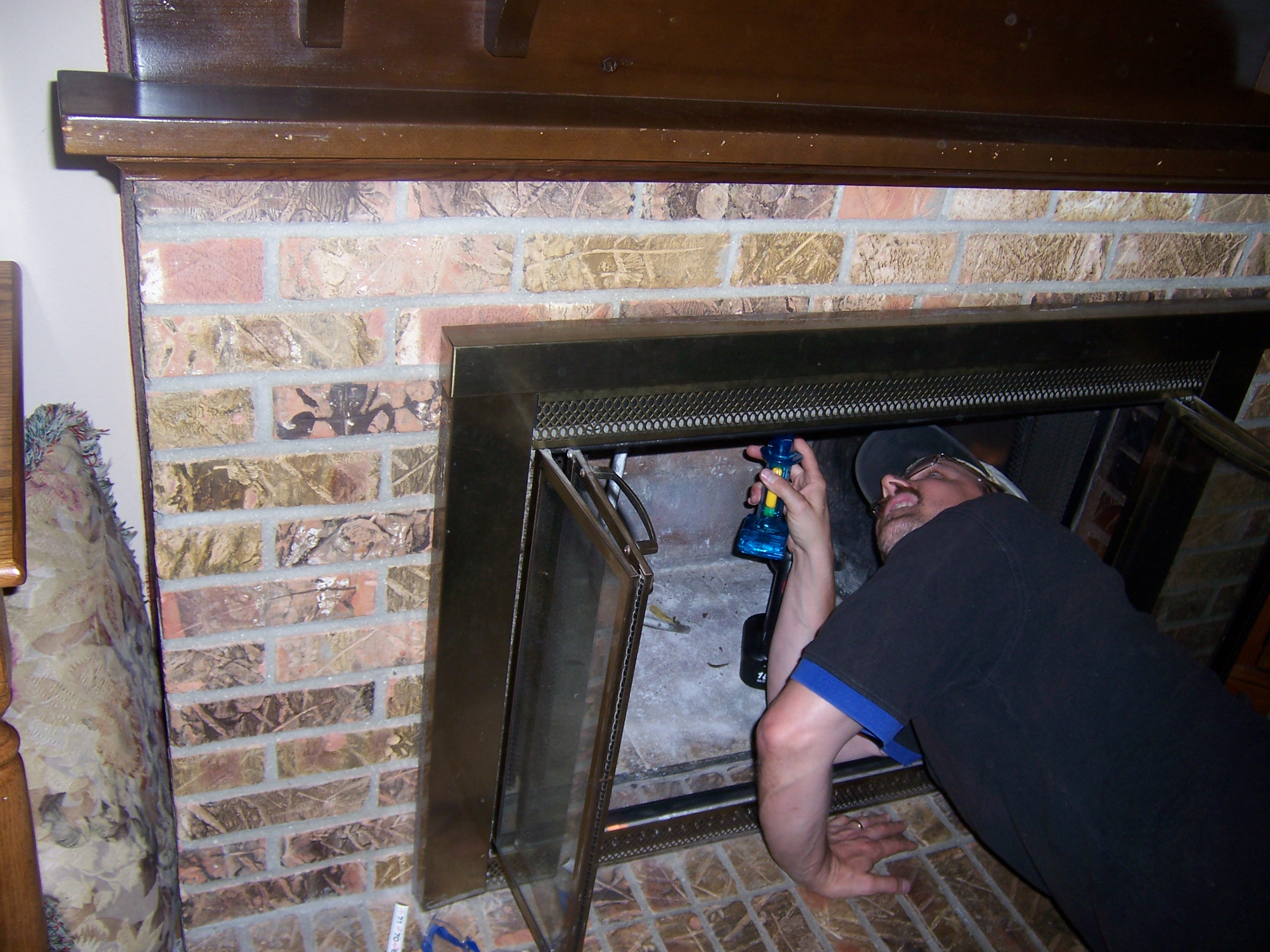
by blogediter | Oct 5, 2018 | Chimney Plugs
2010 Weather Ionization test
Q: I am a renter that recently talked my landlord into allowing me to use the fireplace in my half of the duplex.
I am noticing a large draft created by the fireplace and have read about my gas heat going up the chimney.
I want to install an outside air source for the fireplace but am having trouble finding instructions for doing so. – AY
A: AY, Any adjustments you may do to the fireplace to create heat will cost in excess of $1500 for certain.
That is a mighty generous gift to a landlord. I hate to be the voice of doom on fireplaces but most open fireplace let heat out despite the damper when they are not being used, and they really suck heat out when they are being used or any time the damper is open.
There are some things you can do to improve the efficiency slightly during the burn, but they will not counteract the loss you will experience in furnace heat.
My best advice if you are looking to save heat and money in the winter. Plug up the chimney nice and tight with a Chimney Balloon (don’t rely only on your damper by itself to stop heat loss). to generate cheaper heat, talk with your landlord about how old the furnace is and how efficient it is.
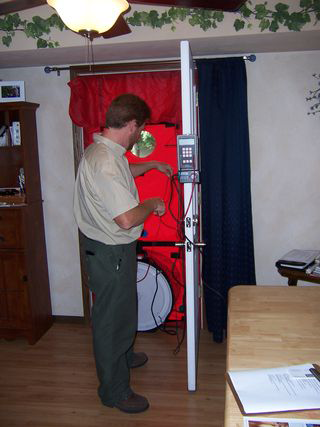
by blogediter | Sep 14, 2018 | Chimney Problems
Energy audit
Q: Jason, I have a wood burning fireplace with a cozy great heater insert. I have a top of the Chimney Balloon and traditional damper installed. I have bad downdrafts and soot smell on rainy, windy days.
I am a Home Inspector and I am in the middle of a Certified Energy Training Program with RESNET. I just received a copy of Energy Magazine and read about your product. Looks like a good idea. I am going to try the vinegar tip. I need to measure my flue and I will order to try on my house. Once I get my blower door I will try the test like you did. I have doors, 2 dampers, and the Chimney Balloon. Thanks.- MW
PS. I will tell all my clients if I have success with your product. Nice website by the way and I am posting it on a few inspection association boards for others to try.
A: Hi MW, That was a great article you were referring to in Home Energy magazine (Mar/Apr 09) the energy rater that did the testing of the Chimney Balloon (Mark Furst) for that article did a great summarizing his testing of the Chimney Balloon. Mark was chosen to do the review/test because he had no experience with the Chimney Balloon, and could give an unbiased opinion. Mark also has a great reputation in Wisconsin for being very thorough at energy rating. We cannot re-post the article for copyright reasons, but you can click here to see a PDF of a summary of the Chimney Balloon article.
We would really welcome your comments and test results if you decide to do your own blower door testing of the Chimney Balloon with your fireplace.
We have not had the opportunity yet to compare the Chimney Balloon to the top seal dampers in blower door testing. I know the top seal dampers tend to seal tighter than traditional low-in-the-firebox metal dampers, but the trouble that is often experienced with a top seal damper is you are sealing the Chimney Balloon and all of its creosote and soot content into the homes interior air envelope by bottling the chimney at the top. What further compounds the issue is the fact that the warm interior air that naturally ascends the Chimney Balloon and is trapped there by the top damper tends to cool against the uninsulated brick walls of the chimney and the cold metal of the top damper and then that now-cool air drops again to the firebox. This convection process and air movement creates a draft and odor sensation at the hearth and into the room. That could be what you are experiencing.
The Chimney Balloon installed low and close to the firebox seals of the chimney from the homes interior air and eliminates this convection and air movement. – Jason
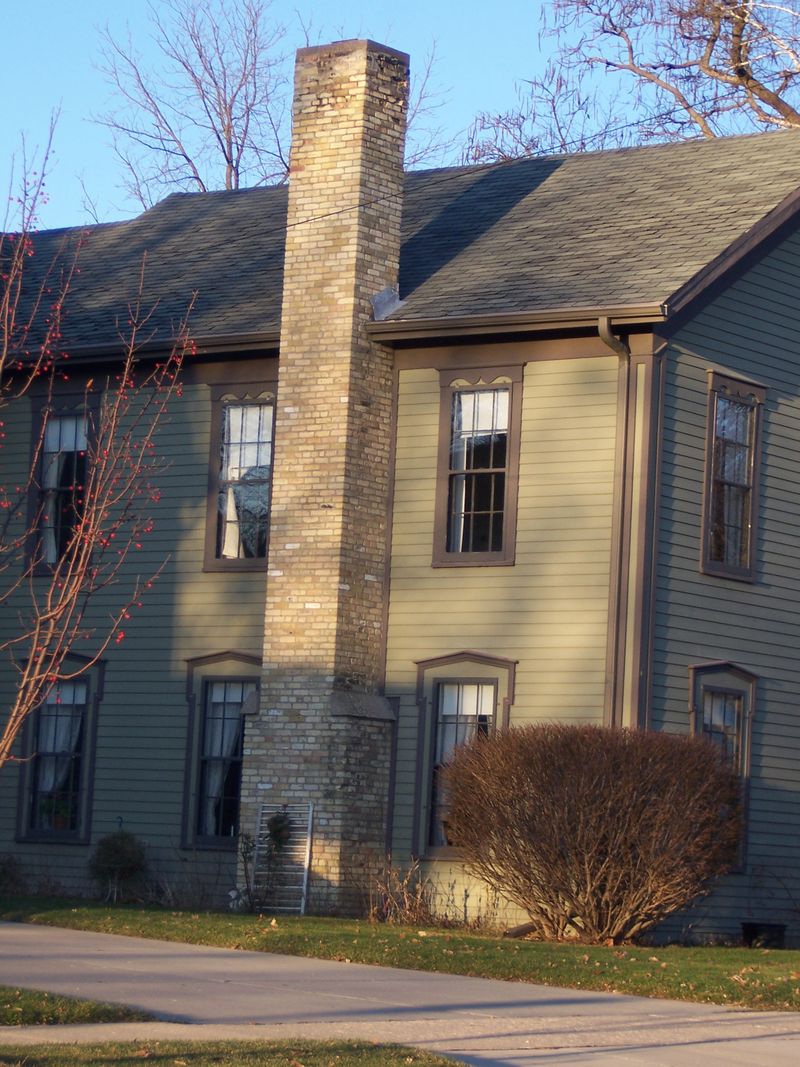
by blogediter | Aug 6, 2018 | Fireplaces, Chimney Problems
Fall and Winter
Q: When I light my wood burning fireplace, my gas furnace pilot light on the other side of the house blows out. How do I stop this? – ST
A: Dear ST, Well without actually seeing this particular situation in action it is hard to tell. Two major questions are: How old is the furnace, is this an open fireplace or enclosed fireplace?
If I had to take an educated guess…I would say that the stack effect in your home is rather strong, and the draft is accelerated through your furnace when you light the fireplace and this is blowing out the furnace pilot light.
When you open your fireplace damper there is heated inside air immediately rising out of the chimney. As you light and stoke a fire the volume of air escaping your house through the chimney is higher and higher. That is why heating with an open fireplace is a losing battle. Since your home has to take in air in other areas to replace the air it is loosing out the flue, your normal drafts in your house (around baseboards, outlets, doors, windows & furnace flues) are under pressure to allow in more and colder outside air. This type of increased draft could be what is blowing out your furnace pilot light.
This has the potential to be a dangerous situation so you will want to have an HVAC tech over to check the furnace draw during the fireplace use. – Jason
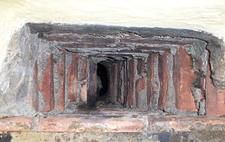
by blogediter | Jun 13, 2018 | Chimney Plugs
Beth yellow fireplace
Q: Jason, I’m trying to measure my fireplace for a Chimney Balloon, but what part of the flue do I measure? When I open the glass doors on the front of the hearth I look up and see the damper. When that damper is open (it opens downward) I see more of an open amount (Seems like the width of the fireplace) and then it slowly decreases in size to the main tunnel way up to the damper on the top of the chimney. This picture is taken just above the fireplace damper.
This main tunnel is approx 6 -9 inches by 12-15 inches. Did I measure correctly?
A: The expanded location (smoke chamber) just above the damper is the more convenient location for your Chimney Balloon to be installed, but that will probubly require a larger Chimney Balloon. You are looking for an area in your Chimney that is close enough to touch with your hand and has roughly parallel walls. Since the tapering starts after the damper opening the spot right above the damper is a perfect spot for the Chimney Balloon. Both gravety and the firepalce flues taper will hold the balloon down close to the damper and help it seal well. Here is a link to the Chimney Balloon sizing page that will help you see the best way to measure your flue. http://www.chimneyballoon.us/Chimneyballoonsizing.html
If odor is the main issue I usually suggest that the Chimney Balloon be installed as low in the chimney as possible to seal off more of the odorous chimney surfaces. – Jason
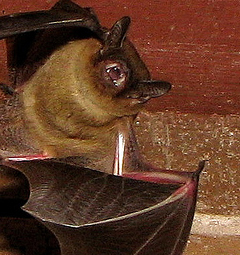
by blogediter | Mar 5, 2018 | Chimney Plugs
Bat in Chimney
Q: Jason, I have quite a few bats in my chimney. I had one sneak down through the damper last night and start flying around the house until I whacked him. This bat thing is not cool! Will a Chimney Balloon keep them out of the house and how do I get the bats out of the chimney? – BG
A: Hi BG, I have had to whack a few interior bats in my day too. The little critters can get through a gap as small as 3/8 inch so they can get in about anywhere. A fireplace chimney damper is often as good of a place as any to gain entry to your home since there are often gaps in the damper door once they start warping from the heat.
Here is what you do… Get a Chimney Balloon installed just above your damper door and seal the flue nice and tight and inflate the Chimney Balloon nice and tight. Then go to the roof (if you have access to the chimney and take a cloth bag with some moth balls in it and toss it down the chimney so it lands on the top of the Chimney Balloon. The mothballs will annoy the bats and they will fly up and out to get away from it. Make sure you don’t just do the mothballs without the Chimney Balloon though since you could end up coaxing them right into the house if you don’t have the chimney sealed off above the hearth.
Since the Chimney Balloon is in there tight the smell from the mothballs should stay in the chimney not enter the home.




